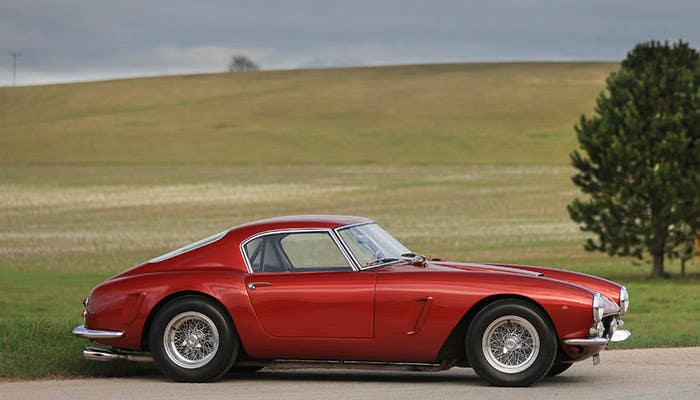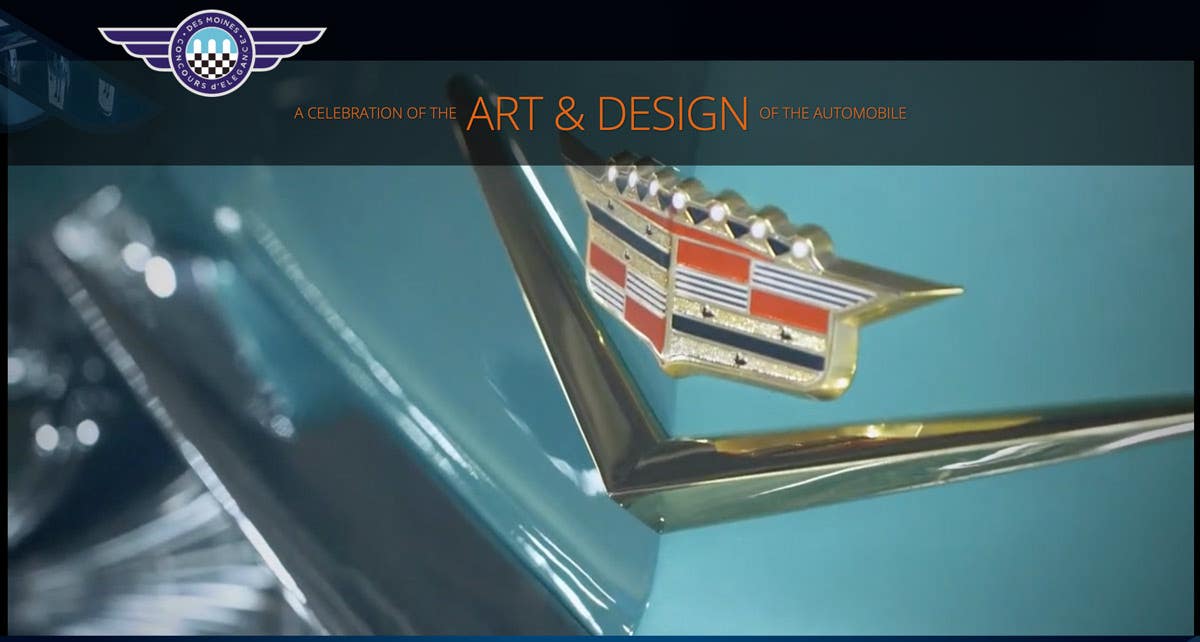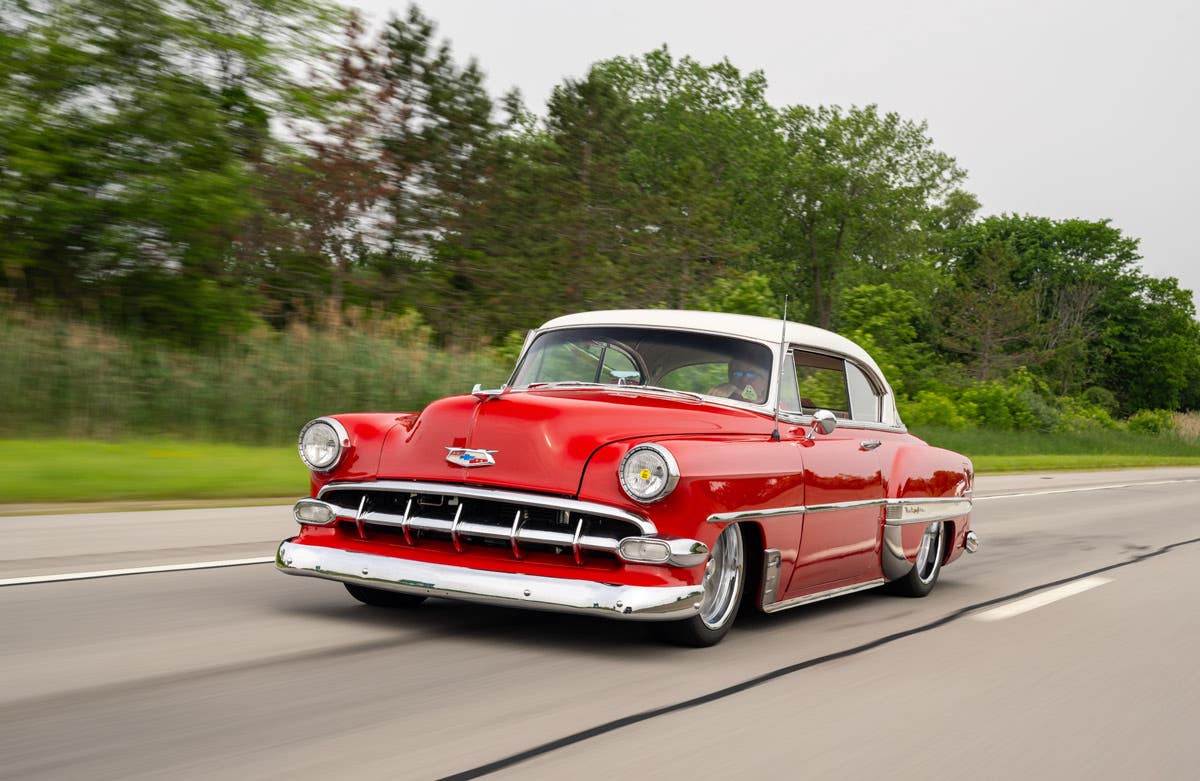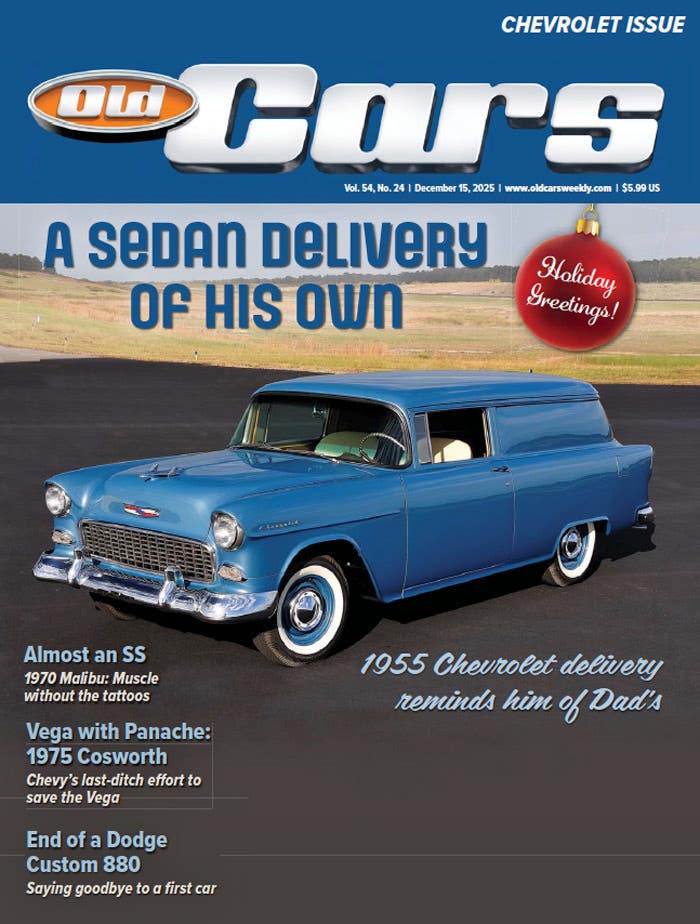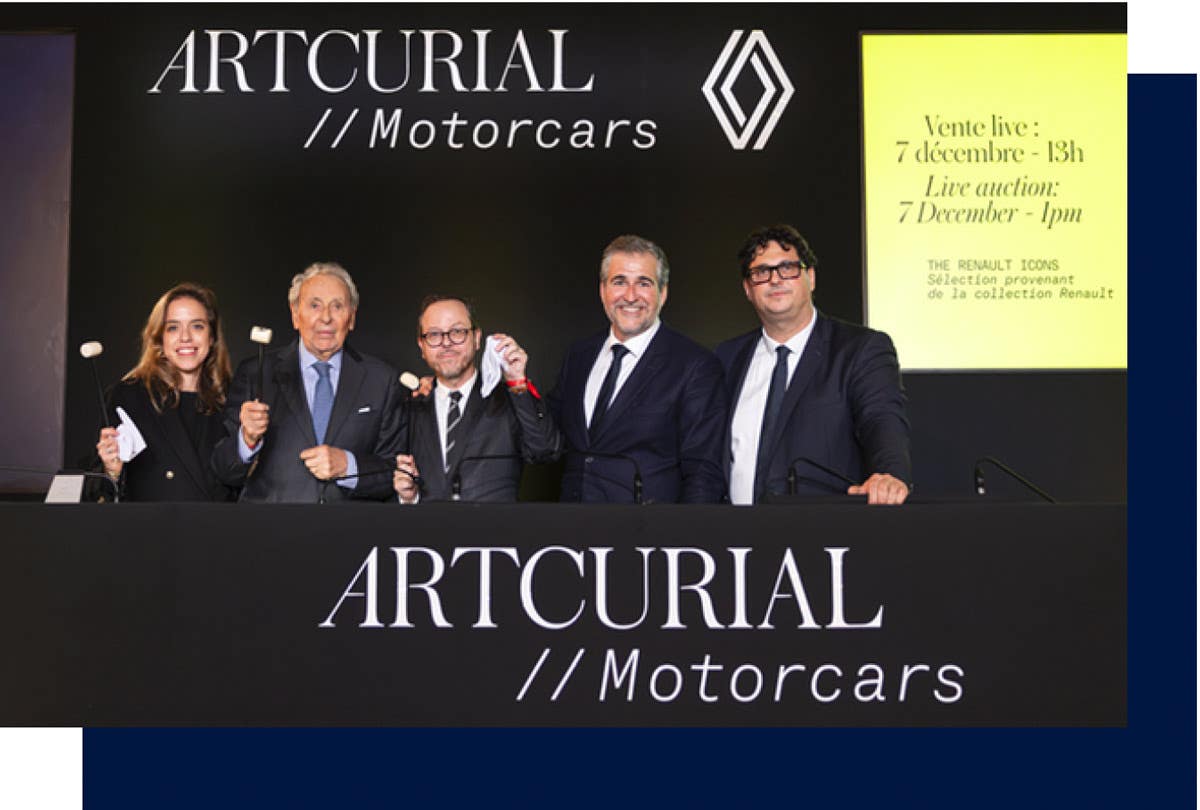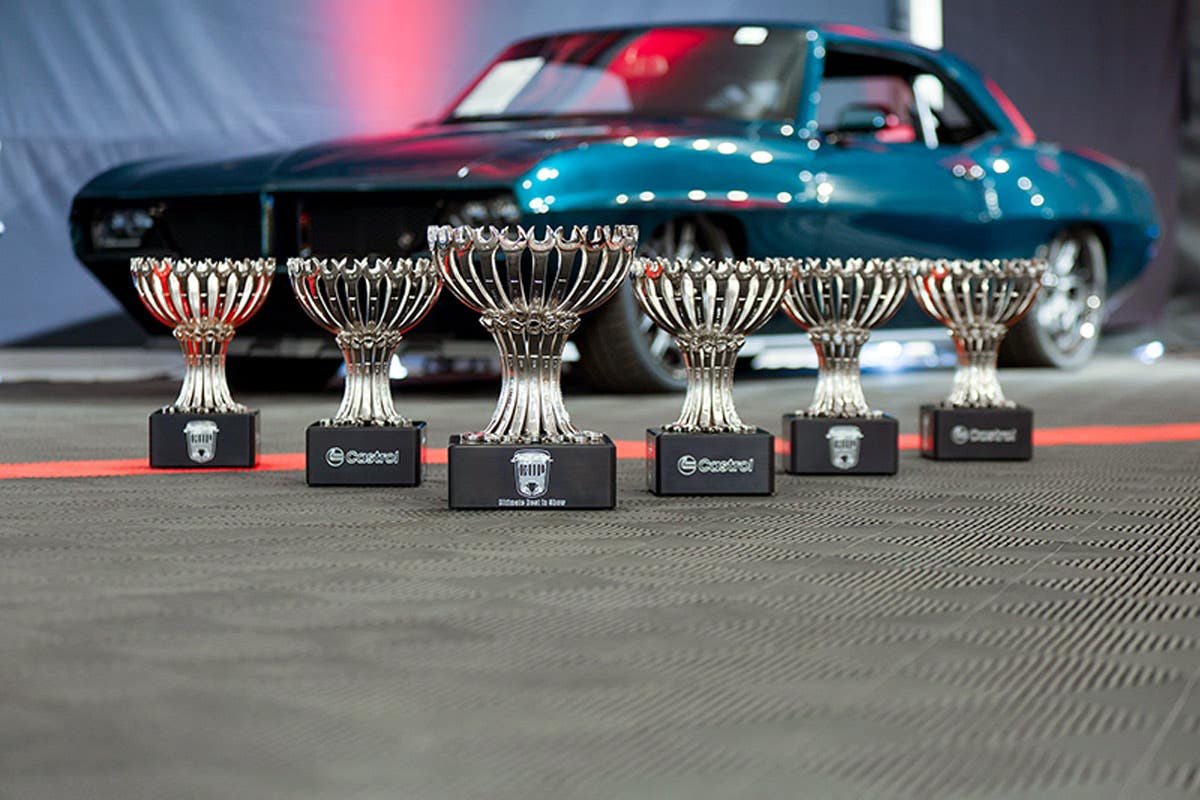Q&A: September 5, 2019 Edition
Q. I bought a pair of these headlight assemblies at an auction. I’m unable to identify them. Any help would be appreciated.— George S. McGuire, via e-mail A. It’s clear…
Q. I bought a pair of these headlight assemblies at an auction. I’m unable to identify them. Any help would be appreciated.
— George S. McGuire, via e-mail
A. It’s clear from the backside photo that you’ve got a sealed-beam conversion kit. These became popular after 7-inch sealed beams were adopted by most manufacturers for the 1940 model year. (Contrary to collective wisdom, they were not mandatory — a few makers, notably Graham and Bantam, held out). From the rounded-off-square shape of these I believe they’re for a 1939 Plymouth. The little lens at the top is for the parking lamp, which was embedded in the reflector on the bulb-type 1939 lamps.
The sealed beams not only gave a better lighting pattern, they also simplified the supply chain, since (nearly) all cars used a single standardized part. It spelled the end of an era, though, the last vestiges of individual art deco designs. Many of the 1938-’39 lenses remain iconic art works today (until you need to replace a broken one).
Q. In a book set in the early 1900s, naphtha was noted being produced by Standard Oil and stored in huge tanks. Is naphtha the same as white gas? Back when I was just beginning to notice mechanical things in the late 1940s, we had a lawnmower that ran on white gas. When my father purchased a new mower, it ran on regular gas and thus a separate can was kept for each mower. The white gas was purchased at the gas station, but I don’t remember if it was available from one of the island pumps or from another source at the station. I suspect the white gas was used for engines with a low (less then 6:1) compression ratio and before the makers added lead to the fuel. An internet search was inconclusive.
— Chuck Klein, Georgetown, Ohio.
https://chuckklein.com
A. I have always understood “white gas” to be gasoline that was unleaded and colorless. Yes, in the 1940s and ’50s many people used it in lawnmowers, and it was a must in camp stoves and the like where lead would clog up the jets over time. I remember those days, but like you I don’t recall if you could buy white gas at the pump — it was phasing out by the time I grew to lawn-mowing age. In the back of my mind is the idea that it was preferred for outboard motors. Later, in the 1960s, Amoco stations sold an unleaded premium at the pump that would serve the same purpose, but was more expensive because of the higher octane.
As for the name “white gas,” the frequently useful Wikipedia gives three definitions: “a generic term for camp stove and lantern fuel, its most popular current usage; pure gasoline (without additives), commonly used when leaded gasoline was the norm to prevent fouling in situations where the properties of the lead additive were not required; and un-dyed gasoline.”
Naphtha, on the other hand, is described as “a flammable liquid hydrocarbon mixture. Mixtures labeled naphtha have been produced from natural gas condensates, petroleum distillates, and the distillation of coal tar and peat. In different industries and regions naphtha may also be crude oil or refined products such as kerosene. Mineral spirits, also historically known as ‘naphtha,’ are not the same chemical.” Does that clear things up, or have I just muddied them?



